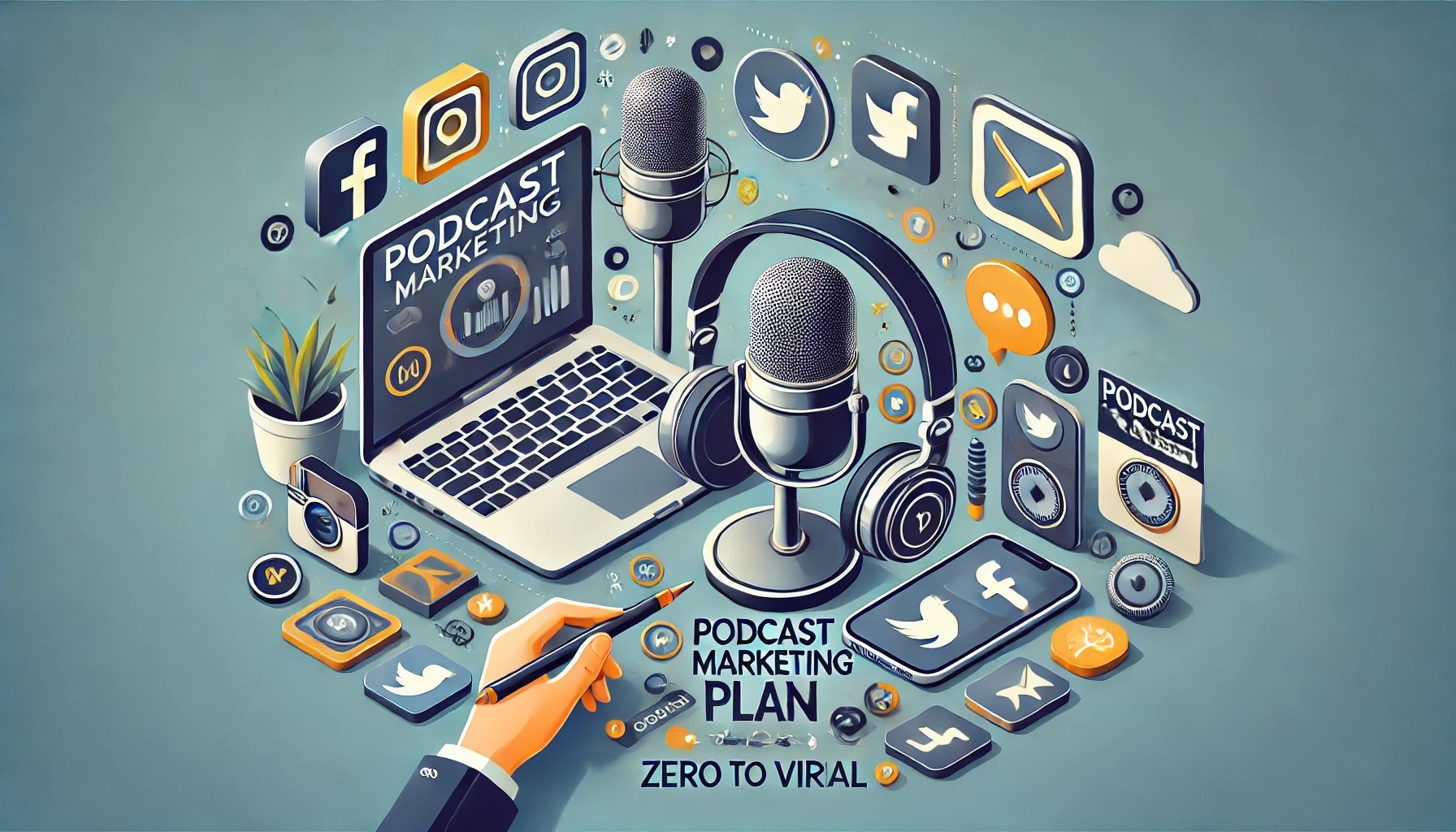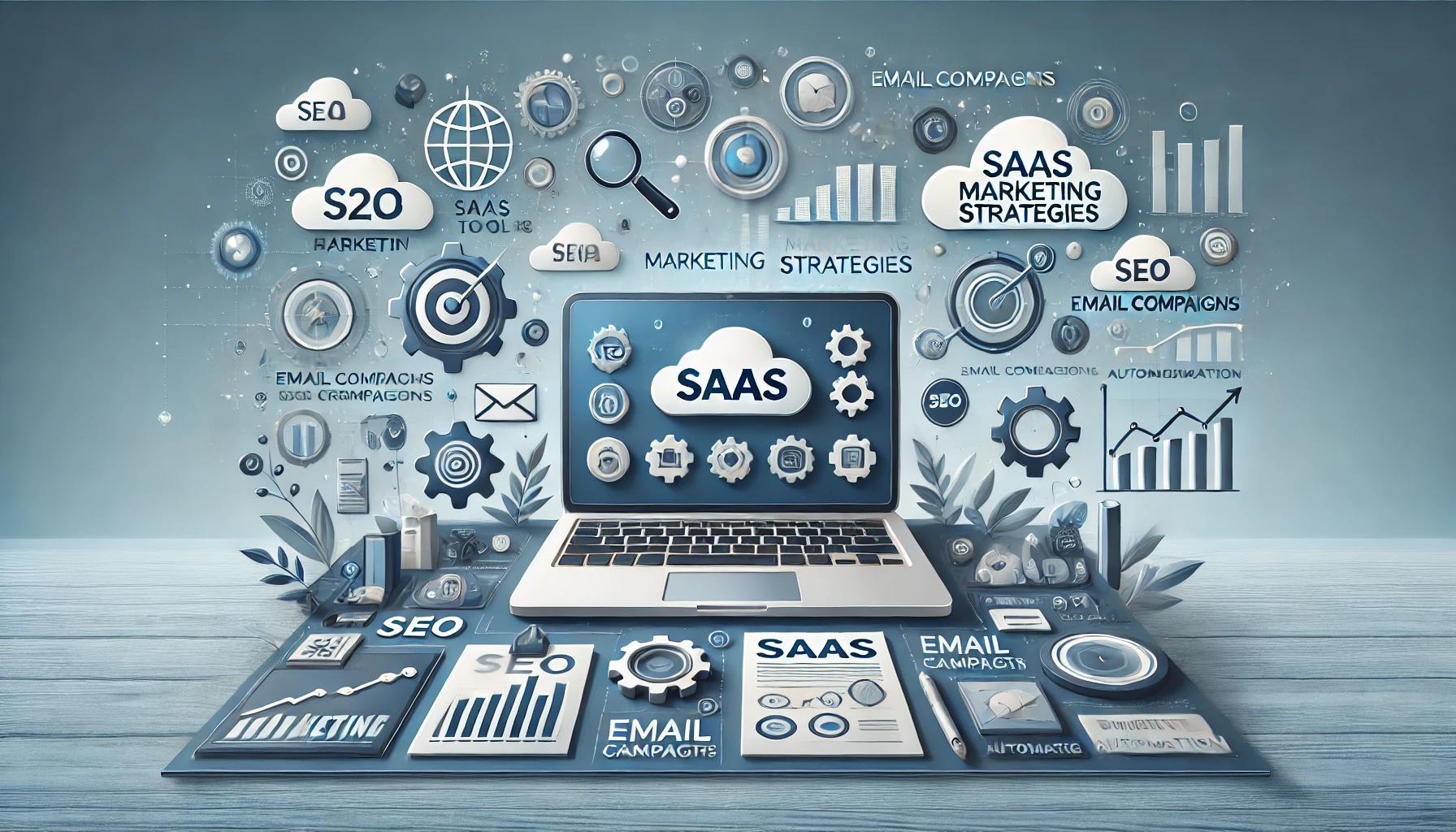Introduction
Typically, in the contemporary world of internet use, companies are always looking for novel means of engaging with their publics and realizing measurable goals. Welcome to the concept of Geo Marketing – a potent tactic that uses geographical information to build specific marketing messages. If it is targeting people physically visiting your store, tailoring your digital campaigns for the specific regions, or even studying customer’s behavior based upon their geolocation, Geo Marketing is changing the ways of businesses functioning in both brick and mortar and online environments.
So, this blog is your best friend and your only source of information about Geo Marketing. In this section, you’ll discover the best GeoMarketing tools to use, strategies for winning with step-by-step instructions, typical pitfalls and ways to avoid them, and also some visions into what may lie ahead for this versatile form of marketing. Regardless of whether you are a managerial level marketing executive or an entrepreneurial individual who has just come across the term Geo Marketing this guide will ensure that you understand exactly what you need to be doing to get Geo Marketing to work for you.
Effective Geomarketing tools
Using the right Geomarketing tools is the key factor to success of the Geo Marketing campaign. These tools assists companies to explore, understand, and respond to geolocation intelligence data appropriately. Here’s an expanded list of must-have Geomarketing tools:
1. GIS Tools
Essentials of Geo Marketing still rely heavily in Geographic Information Systems or GIS tools. There is a variety of these Geomarketing tools that marketers can use including Esri, QGIS, and Maptitude as they help to evaluate spatial data, trends and patterns. They are particularly useful for firms seeking to learn consumer behavior in some areas and customizing promotional strategies to reflect geographic differences.
2. CRM with Geodata
Geographical data incorporated to CRM suite ensures that information concerning the customers can be merged with geographic information. Salesforce, Zoho CRM, and Microsoft Dynamics facilitate creating individual campaigns by using data on where customers remain most active.
3. Data Visualization as Applied to the Field of Marketing
Among them, Tableau, Power BI and Google Data Studio can help marketers convert raw location data into highly visual and easily understandable dashboards. These Geomarketing tools assist organisations to identify patterns and also provide means and ways of presenting information to a team or the interested party.
4. Geospatial Analytics Monitoring Companies
Having access to actual geo location information is crucial in delivering on-demand or mobile marketing communications. Current geographic data in real time is provided via Google Maps API, Foursquare, and HERE technologies, which may be used by businesses to create dynamic campaigns or location-based promotions.
5. Marketing Online Platforms with Geotargeting Features
Google Ads, Facebook Ads, or Instagram Ads are all platforms that include geotargeting in their product offering. Companies can easily target their clients based on certain areas, thus guaranteeing its advertisement campaigns to be viewed and accessed by the appropriate people.
6. Geofencing Software
Geofeedia, Blueshift, and Plot Projects are the tools that cater for geofencing campaign development. They enable the establishment of parameters such as regions and zones within which businesses can perform certain tasks including issuance of message or vouchers when people cross these regions or zones respectively.
7. Location Analytics Platforms
Some of the sophisticated platforms include Placer.ai and GroundTruth, which mainly work as geo location analytics solutions. It assists businesses to track defining foot traffic patterns, customer and regional preferences.
8. AI-Driven Geomarketing tools
Tools like Pathmatics and Adversity are applied to the geographical information of customers to determine their behavior patterns through machine learning. These tools are very useful for decision-making that depends on information analysis.
9. Proximity Marketing Tools
Companies, such as Beaconstac and Proximi.io, engage in proximity marketing, where campaigns go through Bluetooth beacons. These are especially popular among retailers, and other events, as well as in the hospitality business.
10. SEO Tools for Local Optimization
Local search optimization is managed by tools such as BrightLocal, Moz Local and SEMrush. These tools assist companies in appearing higher on results of local searches because they ensure the companies have correct and updated geographical data.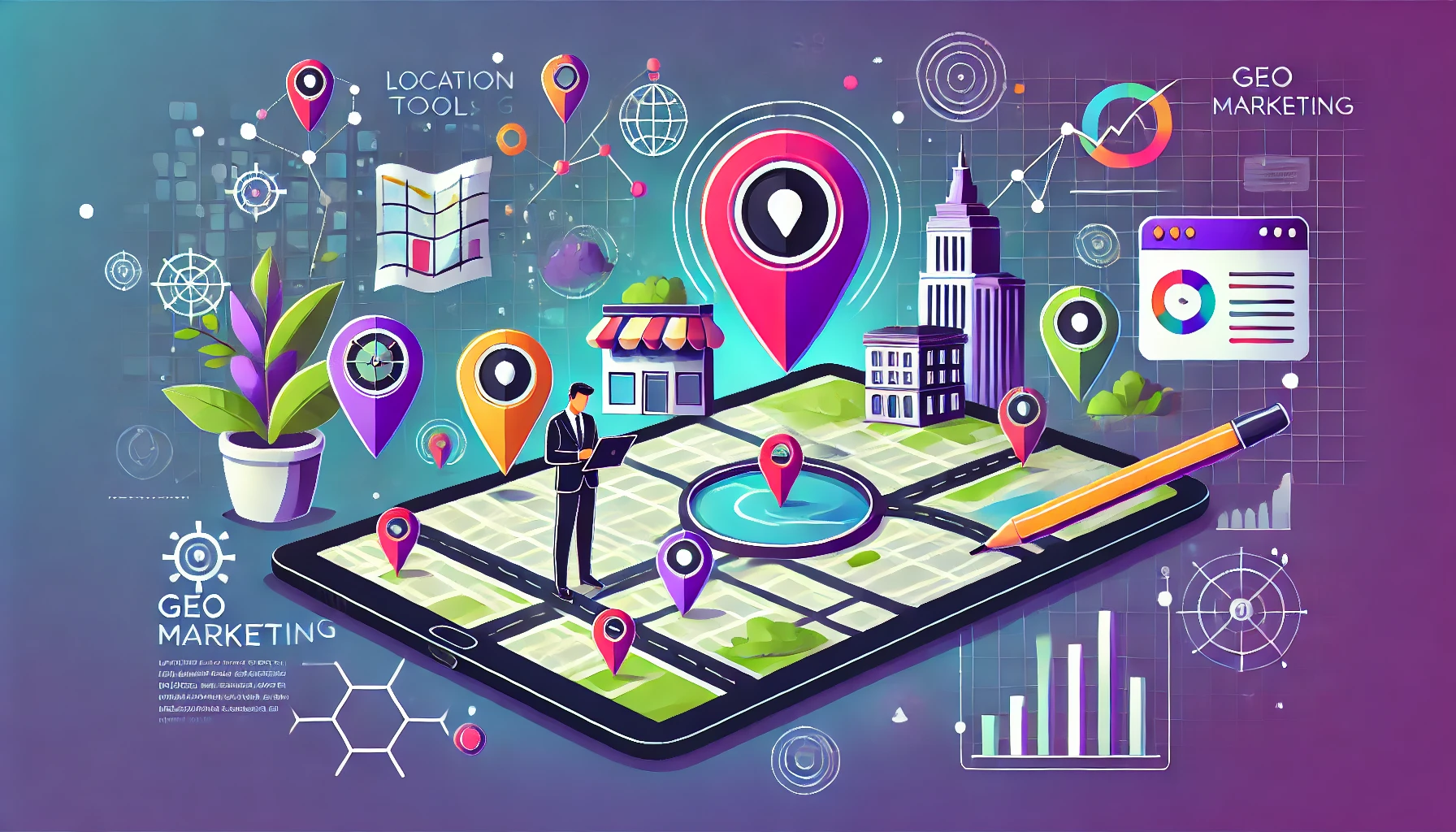
Proven tips for geo marketing
Geo marketing needs to be planned out and planned out effectively in order to be effective. Here’s an expanded list of tips to ensure your campaigns succeed:
1. Define Clear Objectives
When approaching Geo Marketing you should set clear objectives. Do you plan on raising the number of people who visit your business, the amount of sales within a given population, or the recognition of your brand in a given locale? The objectives when made measurable guarantee concentration on them.
2. Prioritize Data Accuracy
Geo Marketing is based on the notion that the right data is the key to successful business. Introduce sources of information that have been checked and make sure that all your Geomarketing tools are current in terms of geography and demography.
3. The two functions justify customer segmentation by geo location.
Segment your audience geographically for you to be able to create target campaigns. For instance, a clothing line company in special advertising appealing summer dress at the coastal areas and winter wear at the higher regions of mountains.
4. Get to know Hyper-Local Marketing
Limited geographical targeting with Hyper Local Marketing campaigns mostly at the local level down to the individual sections within neighborhoods or streets. For instance, a café can be narrowing the audience to those individuals within two blocks’ range and sending them content related to special deals during lunchtime.
5. Optimize geo Location Intelligence in Real-Time
Real time not only means that the observations and the information being collected are current, but that the marketing campaigns may also be real time. This is helpful in bringing out flash sales, time sensitive promotions or live event updates.
6. Combine Geo Marketing with AI
Intelligent Geomarketing tools can complement your Geo Marketing campaigns as they involve the use of historical geolocation behavior patterns. Such a strategy can result in better targeting of the customer and increased return on the investment.
7. Optimize for Mobile Users
Majority of loactions-based marketing is done on mobile devices. Make sure all the campaigns that you are running are fully responsive and have minimal loading time.
8. Use Social Proof in Local Ads
There should be emphasized Positive reviews of the company’s products from particular geolocations for the purposes of credibility among the locals. For example, quote a happy client from the next town or city, who chose your product over a competitor’s.
9. Monitor Competitor Activity
Pay particular attention to how your competitors are using Geo Marketing. It can also give you some important data and help fine tune your strategies.
10. Test, Analyze, and Adjust
Experiment and select what types of post to create, and write them, using A/B tests to understand what resonates well. Make changes to your campaigns according to analytic data to increase effectiveness of promotions.
Types of geo marketing strategies
1. Geotargeting Strategies
This is a method of market segmentation that concentrates on the geographic aspects: the current geolocation or the previous one of the client. Self-employed people such as trainers, chefs, and owners of shops, that see a lot of traffic in a particular region can use this.
2. Geofencing
During the usage of GPS services for navigation, set virtual fences over some certain areas and launch marketing campaigns when users enter or leave these areas. For instance, a car dealers may use the mobile messaging to alert potential buyers visiting other car dealers within the close proximity.
3. Proximity Marketing
The application of proximity marketing employs both Bluetooth and Wi-Fi to present content targeted for a given vicinity. It is suitable for big locations such as malls business places airports and sports centers.
4. Geo Location -Based Push Notifications
Modern mobile technologies for advertising published that Location-Based Push Notifications
They are messages that are sent to mobile client in accordance with their close physical distance to a business. For example, a restaurant can inform individuals nearby that there are offers in the restaurant ending at happy hour.
5. Local SEO
In Local SEO, Keyword targeting makes your website and content relevant to geo location -based searches, so that your business shows up in the local results. This is more important, for instance, in the hospitality, health care and property sectors.
6. Augmented Reality (AR) Campaigns
Augmented Reality AR technology can design interactive environment engagements. For instance, a furniture firm may apply AR to help consumers get an idea of how those products would look in their houses.
7. Event-Based Targeting
Those customers who frequent particular places, especially events or ceremonies. A food truck would be able to avail its services to people during musical festivals or any sporting event.
8. Weather-Responsive Campaigns
Campaigns that are created in a way that can adapt to the weather of the relevant region. For instance, market sun lotions during bright and sunny days or avoid carrying an umbrella during rainy season in specific areas.
9. Geotagging on Social Media
On Social Media Motivate customers to tag your business together with geo location in their posts to increase the results. When created and managed correctly, user-generated content should be a marketer’s best friend.
10. Cross-Border Targeting
For companies located close to national borders the opportunity to market products directly to customers in the adjacent country presents itself. Cross border communication is most effectively done using multilingual ads.
Future of Geo Marketing
Geo Marketing holds immense potential for growth, driven by advancements in Artificial Intelligence (AI), IoT, and real-time data analytics. These technologies will enhance audience targeting, allowing businesses to deliver more personalized, timely marketing. For example, AI can analyze location data to predict consumer behavior and adjust campaigns in real time. As more devices become interconnected, tracking users’ movements will enable context-aware messaging on smart devices, wearables, and even connected cars. Augmented reality (AR) and virtual reality (VR) will further transform consumer interactions with brands. Ultimately, Geo Marketing will use everyday consumer data to create real-time, localized experiences and build deeper connections.
Conclusion
Given the fast-changing business environment and evolving trends in consumer behavior Geo Marketing thus means new business prospects. With the help of GIS systems, CRM with the geographical data, and the real-time geo location -based analytics solutions, one can communicate with the audience rather close and relevant. Geo Marketing does not only tell you where your customers are, but also who they are and what this means for your business at large.
In the future, with the advances of the measurement of Artificial Intelligence, Internet of Things, and wearable technology, Geo Marketing can be even more accurate and effective. It ranges from hyper local campaigning to geotargeting at the global level there is no limit to the same.
Regardless of the scale and location of your company Geo Marketing may help you discover another world of opportunities and incredible results. As shown in this dossier, Geo Marketing is not a luxury – it is a necessity when it comes to advertising and promoting your business.
FAQs
1. What is the main purpose of geo marketing?
Geo marketing helps businesses connect with their customers based on their location, enhancing personalization and relevance.
2. How does geo marketing differ from traditional marketing?
Geo marketing focuses on delivering location-based, targeted content, while traditional marketing casts a wider, less targeted net.
3. What are the best industries for using geo marketing?
Retail, hospitality, real estate, and events are just a few industries that benefit greatly from geo marketing.
4. Is geo marketing suitable for small businesses?
Yes, small businesses can use geo marketing to reach local customers more effectively and at a lower cost.
5. What are the legal considerations in geo marketing?
Businesses must comply with data privacy laws and obtain customer consent before collecting and using location data.
6. How do I start with geofencing for my business?
To start geofencing, choose a geofencing platform, set up virtual boundaries around key locations, and create targeted campaigns.
7. What is the cost of implementing Geomarketing tools?
Costs vary depending on the tools and scale of the campaign, but many tools offer flexible pricing to fit different budgets.
8. Can geo marketing work without a physical location?
Yes, businesses that operate online can still use geo marketing by targeting users based on their location for ads and offers.
9. What are the challenges of managing location data?
Managing location data can be complex, requiring businesses to ensure accuracy, compliance with privacy regulations, and effective integration with other tools.
10. How is AI changing the future of geo marketing?
AI enhances geo marketing by analyzing large datasets, predicting consumer behavior, and optimizing campaigns in real time.


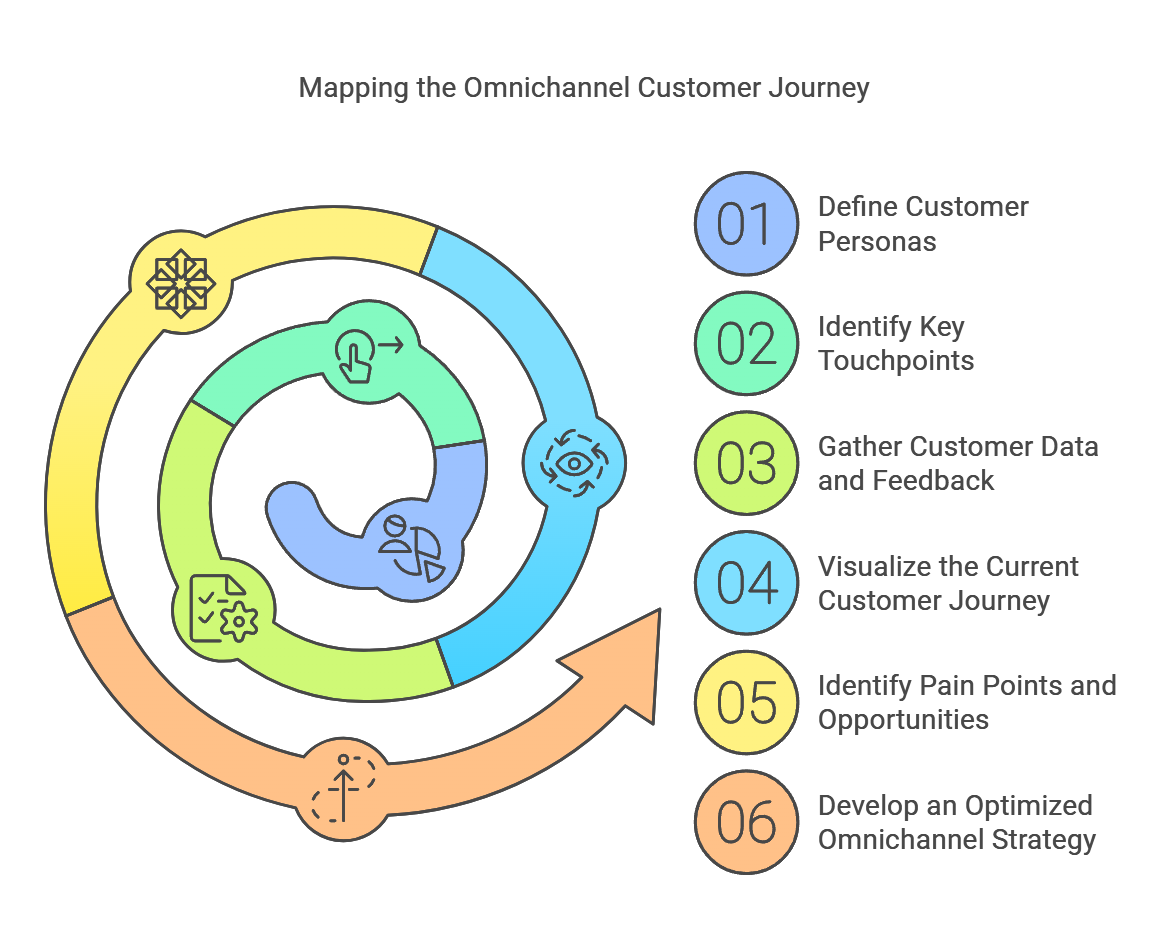
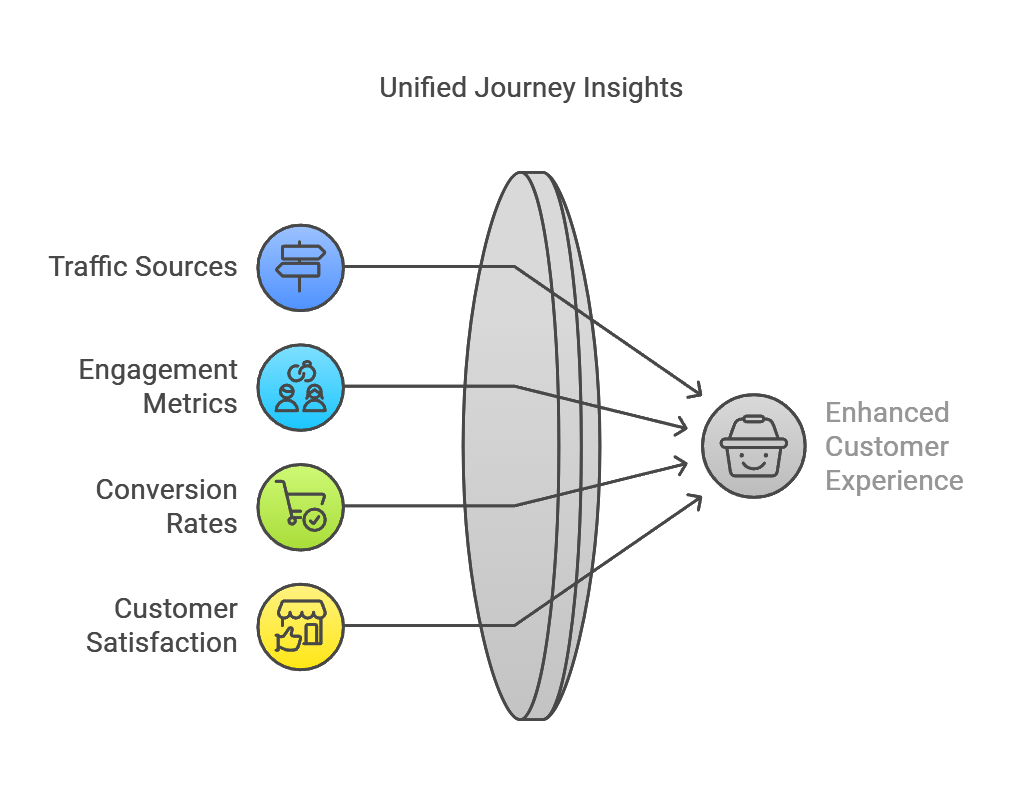

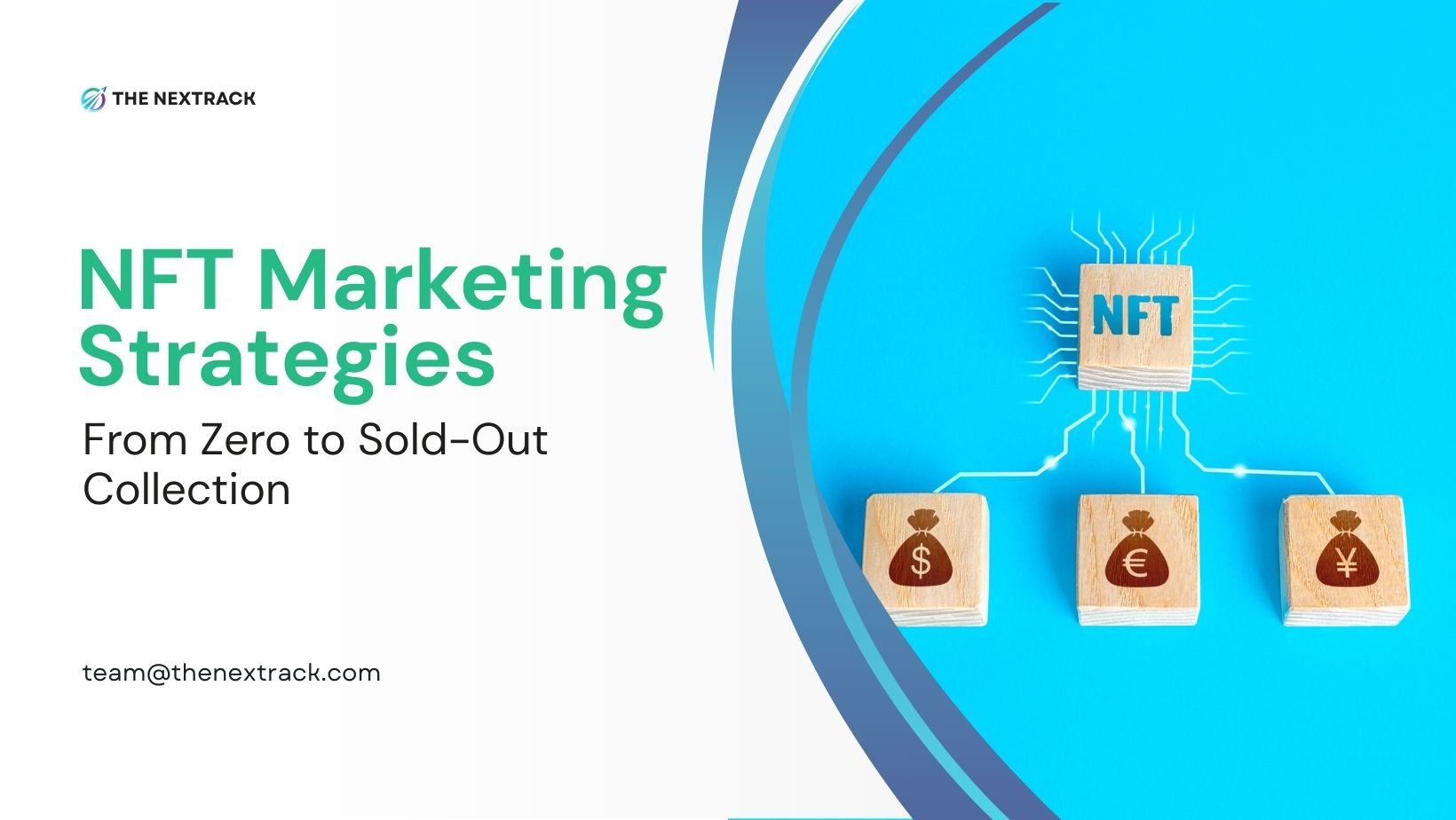




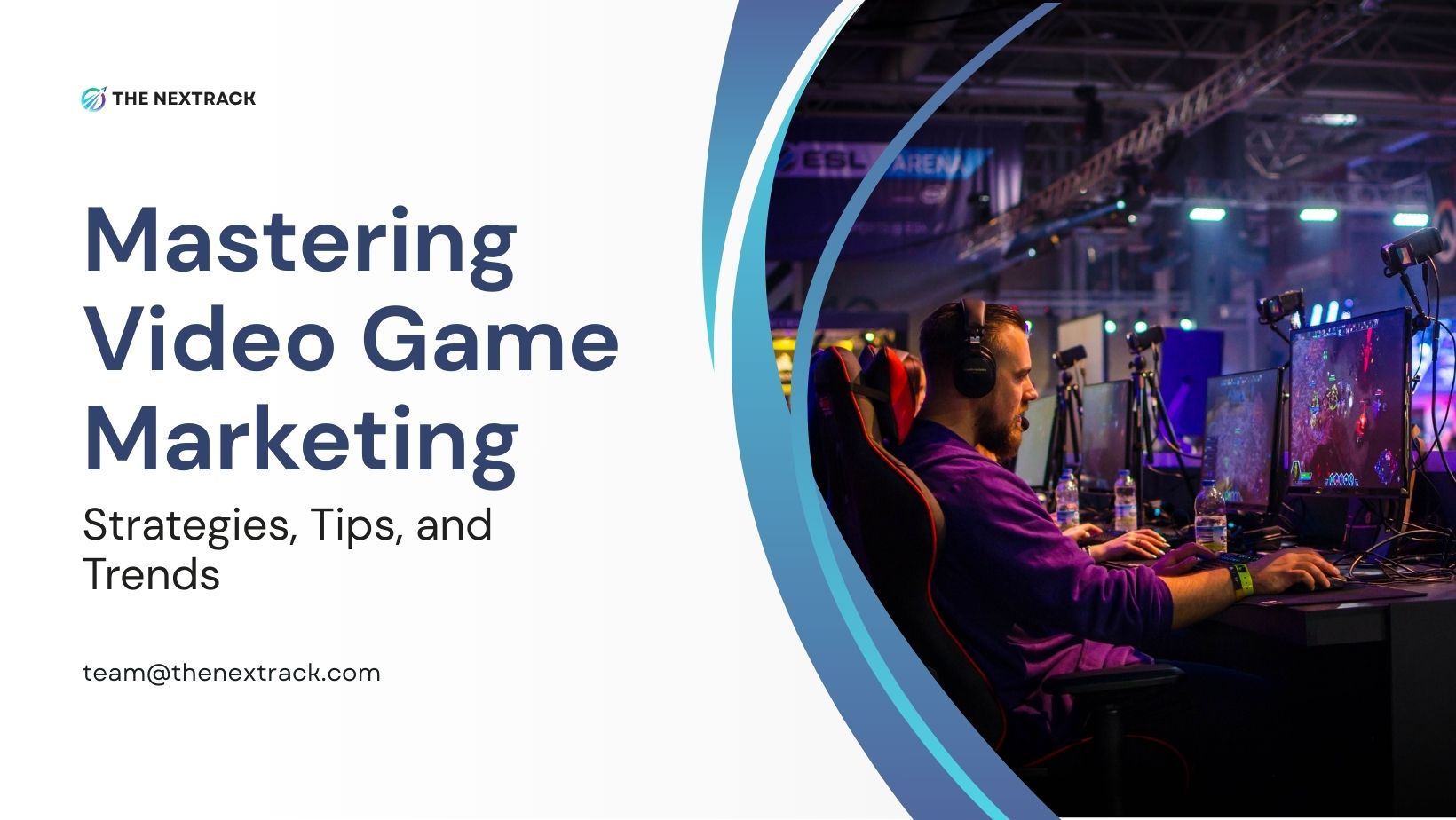



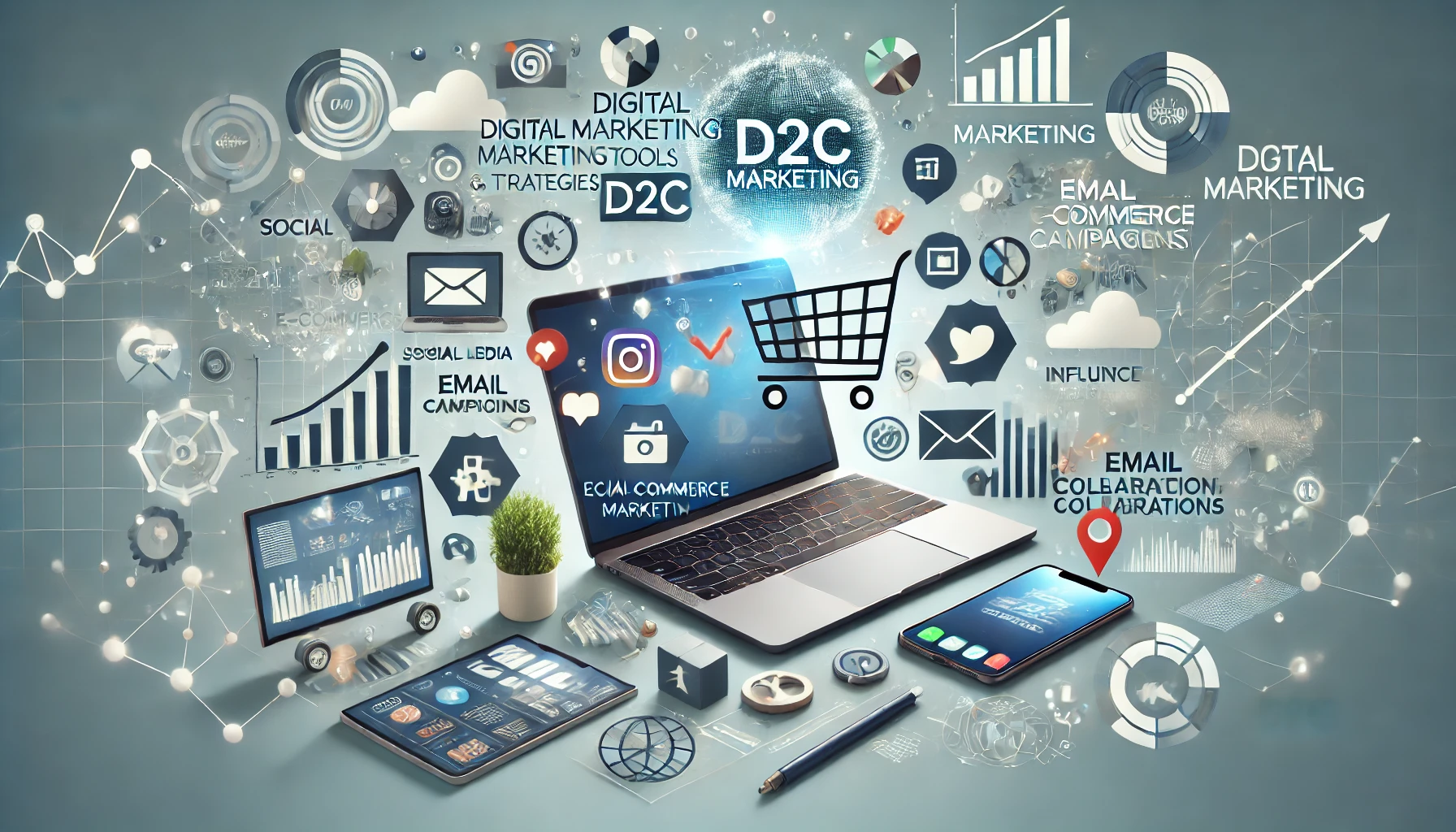
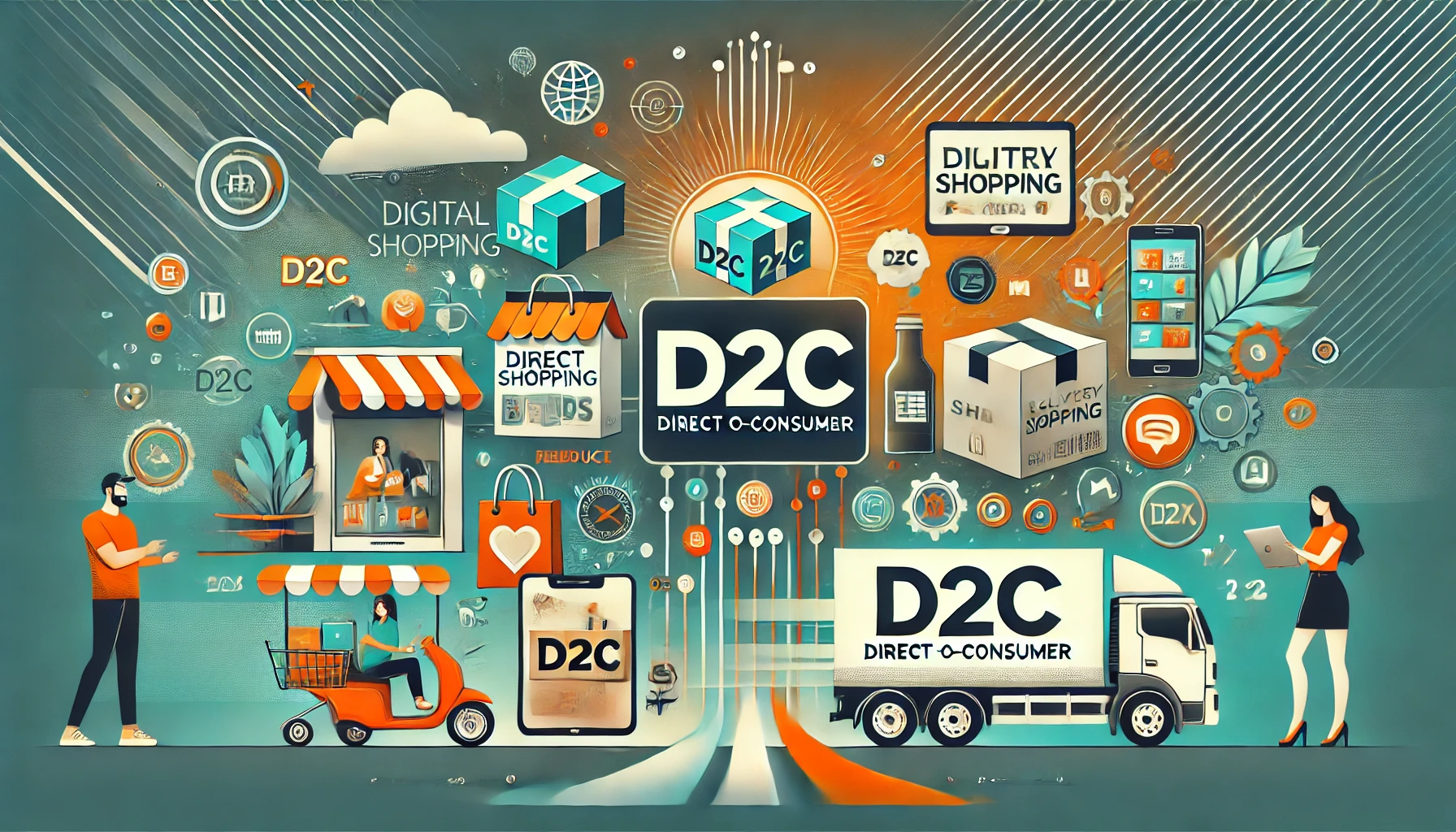






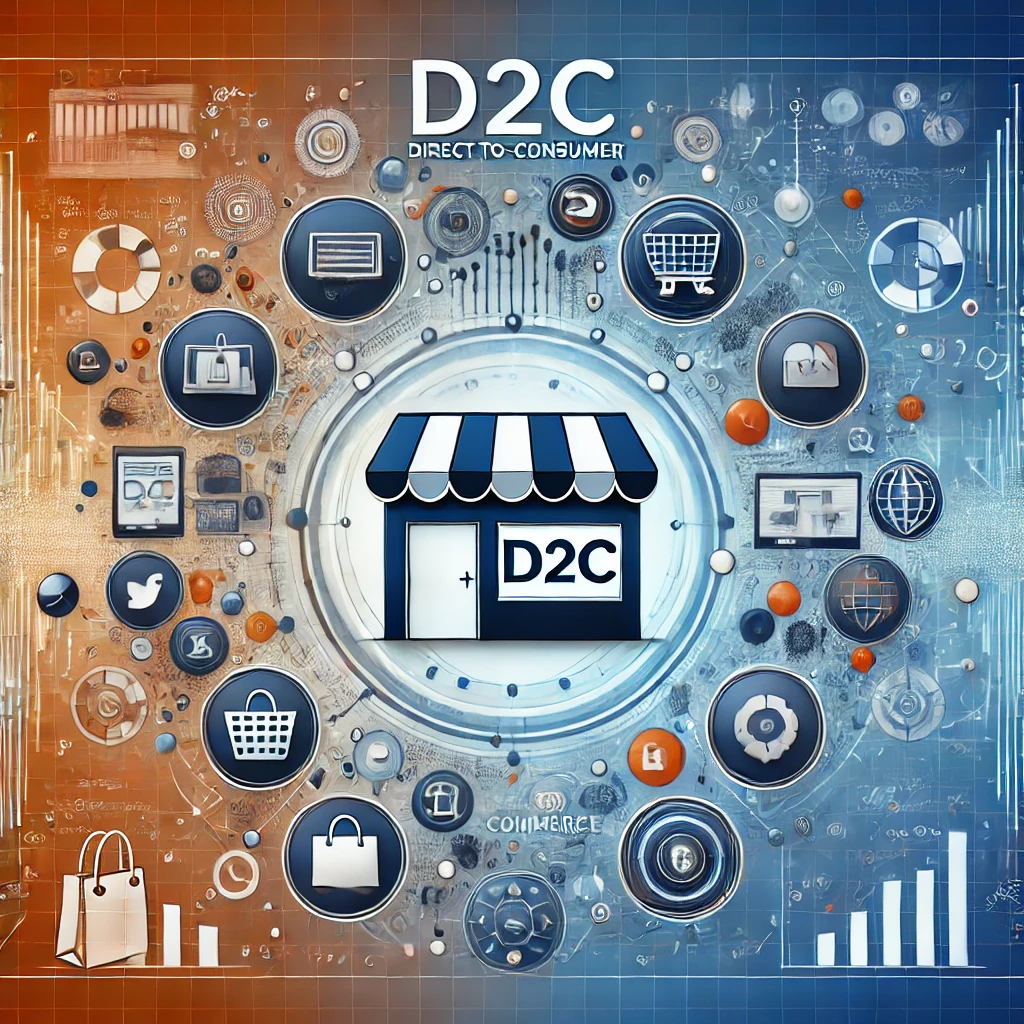 Thus, for D2C brands, existence of great product isn’t enough; it will also require some great marketing techniques that can create a buzz. Now, let’s look at a few of the most revolutionary strategies that made D2C brands stand out from the crowd.
Thus, for D2C brands, existence of great product isn’t enough; it will also require some great marketing techniques that can create a buzz. Now, let’s look at a few of the most revolutionary strategies that made D2C brands stand out from the crowd.
